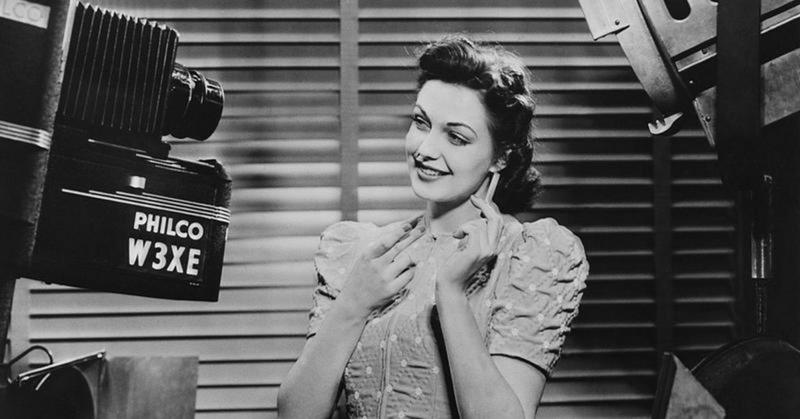1970: Cigarette Advertising Is Banned By Congress
By | March 26, 2021

It's no joke. Until 1971, tobacco companies ran commercials for cigarettes on television and radio. At that time, just under 50% of the U.S. population smoked despite mounting evidence that it was detrimental to one's health, largely because the cigarette ads of the era made smoking seem pretty cool. Thanks to the ban on cigarette commercials, attitudes about smoking have come a long way, baby.
Big Tobacco's Big Business
In 1969, the tobacco industry was the single largest product advertiser on radio and television. Every brand had its own, well, brand: Marlboro promoted their cigarettes using the Marlboro Man, a rugged, all-American cowboy who oozed masculinity; Virginia Slims appealed to the modern woman with images of the sexy, independent lifestyle she craved; and Camel ads, featuring the Joe Camel character, gave off a hip beatnik vibe. Cigarette companies even sponsored television and radio shows in the 1950s and 1960s. Lucky Strikes had tremendous success with this form of marketing, often targeting women who feared gaining weight with the slogan "Brought to you by Lucky Strikes: Reach for a Lucky instead of a sweet."
Tobacco companies sponsored events and touted endorsements of their own, most infamously Camel. In 1946, they gave free cartons of cigarettes to doctors and then asked them which brand they preferred. Naturally, the overwhelming majority named Camel, allowing the company to claim in a series of ads that "More doctors smoke Camels than any other cigarettes." Lucille Ball, Bing Crosby, Barbara Stanwyck, Hank Aaron, Frank Gifford, Joe DiMaggio, and Frank Sinatra all appeared in cigarette ads.

The Public Health Cigarette Smoking Act
Meanwhile, doctors and scientists had been piecing together the link between tobacco and disease as far back as 1939. The public was slowly becoming aware of the unhealthy side effects of smoking, though that didn't drastically reduce the number of people who smoked. By the 1950s, every state in the country passed laws to ban the sale of cigarettes to minors, but they could still easily get them from a vending machine or by telling the clerk they were buying them for a parent.
Starting in 1967, in the face of rising concerns about smoking, the Federal Communications Commission implemented a "fairness doctrine" requiring all television stations to air one anti-smoking public service announcement for every three cigarette commercials they aired. Smoking rates began to decline, but to keep the trend going, Congress passed the Cigarette Smoking Act in 1969, requiring cigarette manufacturers to place the surgeon general's warning about the risks of smoking on every pack of cigarettes. Tobacco companies were furious, but public health advocates still felt officials weren't going far enough, so President Richard Nixon, himself a habitual pipe smoker, reluctantly signed the Public Health Cigarette Smoking Act of 1970, banning cigarette commercials on T.V. and radio.

The Last Televised Cigarette Ad
Although Nixon signed the Public Health Cigarette Smoking Act on April 1, 1970, it didn't go into effect immediately. It was planned to take effect on the first day of the following year, but the government and the F.C.C. agreed to give tobacco companies one more day to advertise during the college football games that traditionally take place on New Year's Day.
The very last cigarette commercial aired at 11:50 P.M. on January 2, 1971, during The Tonight Show Starring Johnny Carson. It was a Virginia Slims ad featuring a choir of prim middle-aged women singing that women shouldn't vote or smoke, all while surreptitiously puffing away on their Virginia Slims, followed by a young, attractive model strutting to the brand's "You've Come A Long Way, Baby" jingle (and, of course, puffing her own cigarette).
Banning cigarette ads on radio and television was a highly effective strategy for lowering the percentage of smokers in the United States. Between 1965 and 1975, the number dropped almost 10% and continued at a pace of about 10% every two decades through 2015. Today, less than 12% of Americans smoke cigarettes.

